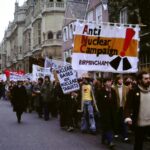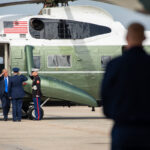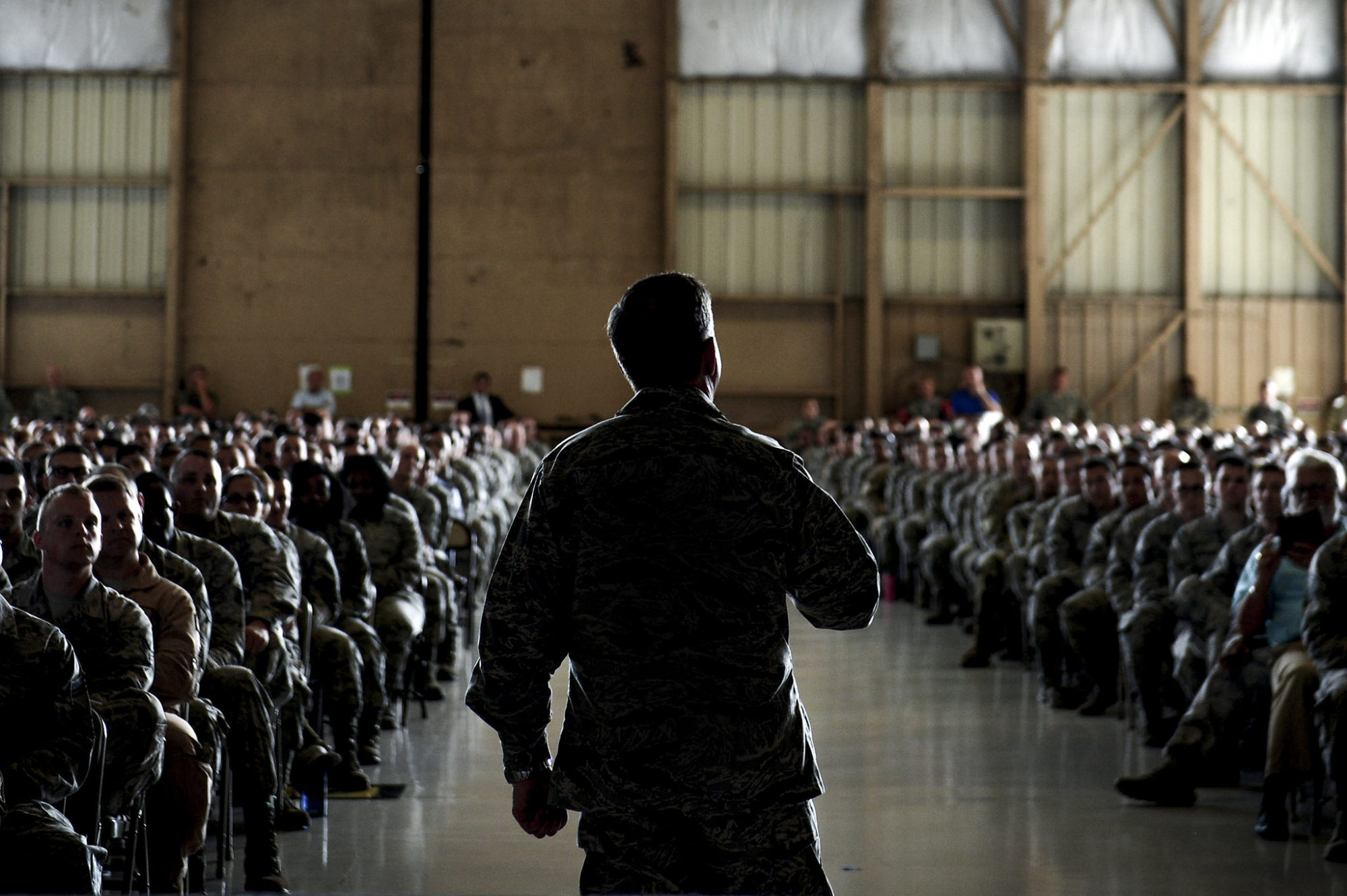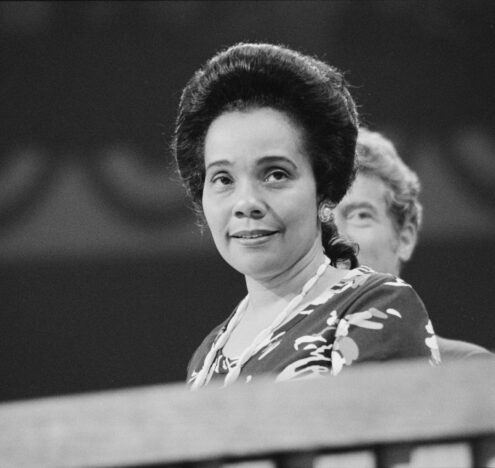With recent government cuts and reports of diplomats leaving in droves, US “national brand” ratings down, and military spending still on the rise, it’s time to talk about power – what it is, how we wield it, and why.
- There is considerable debate on the proper definition of “power” in international relations, or even interpersonal relations for that matter. I like Joe Nye (the political science guy)’s definition: ‘The ability to influence the behaviors of others to get a desired outcome.” There are three types of power – hard, soft, and smart.
- Hard power is the most traditional form of power, and often means military power to many thinkers. Hard power, according to Nye, is anything that uses punishments or rewards (sticks or carrots), to influence behavior or to get a desired outcome. That can be military power (or the threat of it), economic power (sanctions), or even the use of institutions. As long as a state is being rewarded or punished (or threatened), it’s hard power.
- Soft power, coined by Nye in 2004, uses appeal to influence behavior and produce favorable outcomes. Soft power is a little trickier to quantify. The theory of soft power is that State A will behave the way State B wants if State B is appealing. So how does a state become appealing? What are the “tools” of soft power? Soft power comes from a number of government and non-government sources – culture tourism, immigration, values – but the State Department is commonly seen as the lead for soft power initiatives in US foreign policy.
- Smart power, coined in 2003, also by Nye, is the “smartful combination of the two.” A smart power approach would use both tools of appeal and threats to create a favorable outcome or behavior. As a parent, smart power would be getting a child to behave because they want to please their parents (soft power of appeal), but keeping a stock of popsicles for when you need it (hard power of rewards). The United States’ approach to communism in the Cold War is one of the most successful examples of smart power. Nye developed the term to highlight that soft power alone was inadequate at solving all US foreign policy problems.
- We’ve used all three before. The US’ use of hard power is easy to see in history – military engagements, sanctions. But the Cold War also shows a number of examples of soft power, most notably cultural diplomacy which included the Voice of America and cultural exchanges such as jazz ambassadors. Some even say that the Long Peace, or Pax Americana, is a direct result of soft power. More currently, Secretary of Defense Mattis explained soft power when he told Congress that “If you don’t fund the State Department fully, then I need to buy more ammunition ultimately.” While the US has used both, even if no one had named it, arguably we’re using less and less soft power in current counterterrorism and other strategic security threats. If you look at budgets, for example, of the State Department and the DoD, we’re spending more money on hard power resources than soft power resources. While I stopped predicting politics in November 2016, it doesn’t seem like we’re looking to reverse that trend.




















